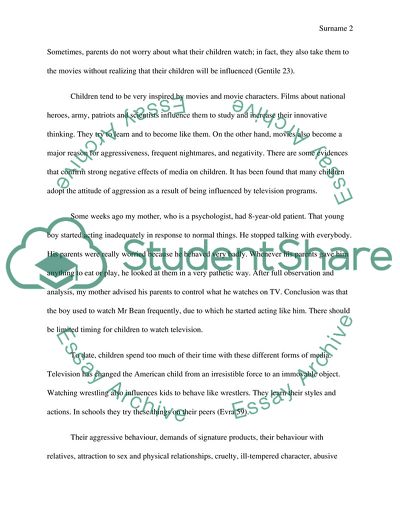Cite this document
(Effects of Media upon Children and their Behavior in the Real Life Essay Example | Topics and Well Written Essays - 2250 words, n.d.)
Effects of Media upon Children and their Behavior in the Real Life Essay Example | Topics and Well Written Essays - 2250 words. https://studentshare.org/journalism-communication/1781623-how-does-the-media-affect-children-and-their-behavior-in-the-real-life
Effects of Media upon Children and their Behavior in the Real Life Essay Example | Topics and Well Written Essays - 2250 words. https://studentshare.org/journalism-communication/1781623-how-does-the-media-affect-children-and-their-behavior-in-the-real-life
(Effects of Media Upon Children and Their Behavior in the Real Life Essay Example | Topics and Well Written Essays - 2250 Words)
Effects of Media Upon Children and Their Behavior in the Real Life Essay Example | Topics and Well Written Essays - 2250 Words. https://studentshare.org/journalism-communication/1781623-how-does-the-media-affect-children-and-their-behavior-in-the-real-life.
Effects of Media Upon Children and Their Behavior in the Real Life Essay Example | Topics and Well Written Essays - 2250 Words. https://studentshare.org/journalism-communication/1781623-how-does-the-media-affect-children-and-their-behavior-in-the-real-life.
“Effects of Media Upon Children and Their Behavior in the Real Life Essay Example | Topics and Well Written Essays - 2250 Words”. https://studentshare.org/journalism-communication/1781623-how-does-the-media-affect-children-and-their-behavior-in-the-real-life.


